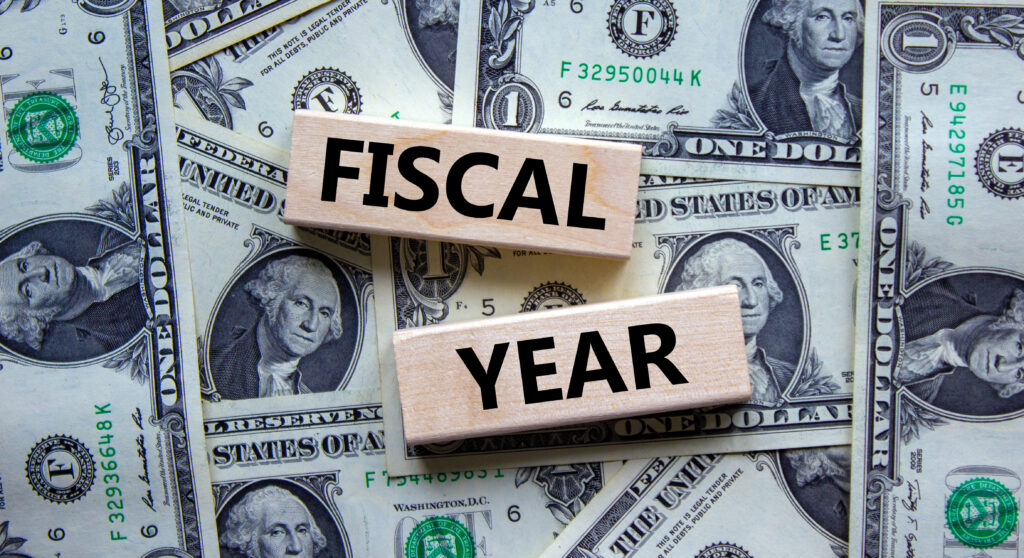First Half of Current Fiscal Year a Record-Breaker for U.S. Treasury

It’s been another record year for the federal government so far, which is in the midst of its current fiscal year. At the end of March, when the government reached its halfway point of the 2016 fiscal year, it had already collected $1.48 trillion. One might think that this massive haul would help ease the nation’s federal deficit. However, despite the record intake, the federal government still finds itself in the hole to the tune of $461 billion.
According to the U.S. treasury Department, the amount of taxes it has collected from October 2015 through March of this year has been greater than any other previous fiscal year on record. That even takes adjustment for inflation into consideration.
The Treasury Department counts revenues from several sources, including individual income taxes, unemployment insurance taxes, social insurance and retirement taxes, estate and gift taxes, corporate income taxes, excise taxes and a few other items. Of the $1.48 trillion collected so far this fiscal year, the majority comes from individual income taxes, which accounts for nearly half of the total, at $675 billion.
By way of comparison, last year, the federal government collected a total of $3.24 trillion in taxes for the entire 2015 fiscal year.
Credit Default Swaps – Impose A Tax On Bogus Insurance
[vc_row][vc_column][vc_column_text] Credit Default Swaps – Impose A Tax On Bogus Insurance By Ron Cohen, CPA, MST Partner Greenstein, Rogoff, Olsen & Co., LLP Proposal to amend the U.S. Internal Revenue Code: Any Seller, Buyer or Insured Party who enters into a Credit Default Swap (“CDS”) contract insuring U.S. source risks will be subject to an excise…
Income Tax Deferral Strategies for Real Estate Investors
Income Tax Deferral Strategies for Real Estate Investors There are a number of significant income tax benefits that are often overlooked by real estate investors that could allow them to defer or exclude some or all of their income tax liabilities on the sale or disposition of their real estate tax deferral assets. It is…
IRS Clarifies Home Sales Want to Come Clean About Taxes Overseas? The IRS Is Willing to Help
IRS Clarifies Home Sales Want to Come Clean About Taxes Overseas? The IRS Is Willing to Help By Alan Olsen, CPA, MBA (tax) Managing Partner Greenstein Rogoff Olsen & Co. LLP You know that awful feeling you get when you have done something wrong and you just can’t wait to get it off your chest?…
Treasury Releases Detailed Guidance on Deduction for Qualified Domestic Production Activities
Treasury Releases Detailed Guidance on Deduction for Qualified Domestic Production Activities As expected, the Treasury Department on January 19 released much-anticipated guidance (Notice 2005-14) on the phased-in deduction for qualified domestic production income that was enacted last October as part of the American Jobs Creation Act of 2004. The deduction is effective for taxable years…



